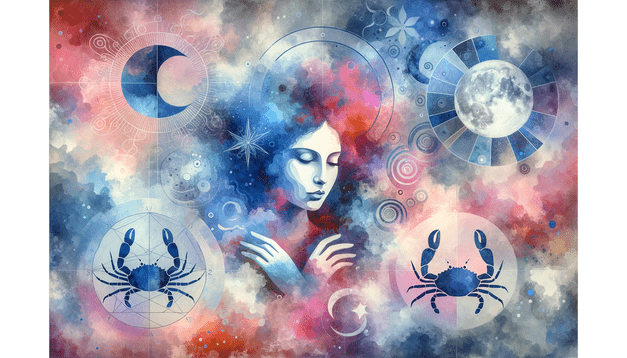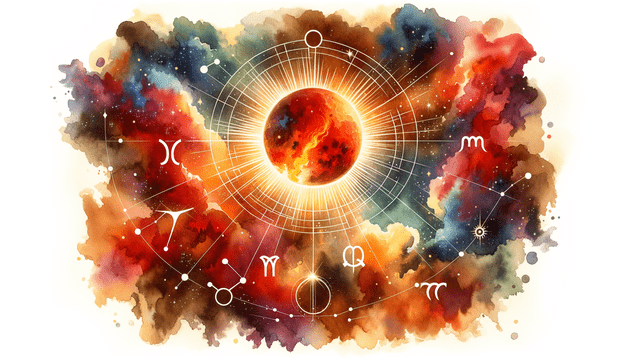The History of Pisces
The sign of Pisces does not coincide with the constellation of Pisces. It takes the twelfth, last 30 degrees of the zodiacal circle. This is a sign of mutable quality in which the Sun resides as the winter comes to an end, and the spring is about to begin, representing a zone of intertwined seasons, and with them the end of life, and its beginning. This is a time when we can expect snow and low temperatures, as much as we can expect the nature to blossom all around us. This is why we can say with certainty that the sign of Pisces is a sign of greatest changes among all mutable signs
The constellation of Pisces got its name from the Latin plural of fish. It was recognized in Babylonian constellations as Šinunutu, “the great swallow” in current western Pisces, and Anunitum, “the Lady of Heaven”, where the northern fish is. Babylonians also called this constellation “The Tails”, picturing two fish swimming in the opposite directions, while representing rivers Euphrates and Tigris. A part of this constellation was thought of as “the fish cord/ribbon” connecting the two fish.
This constellation is the 14th largest overall and it was often proposed to be “cut” into smaller subdivisions. In the seventeenth century, it was suggested that it should be divided in four subdivisions – the northern and the southern fish, and the northern and the southern cord. In the following century, it was proposed that a part of Pisces should be observed as a separate constellation called Testudo (the Turtle).
Stars in the constellation of Pisces are faint, and none of them is brighter than fourth magnitude and this makes it challenging to see them in the night sky with the naked eye. If we connect all of the stars in this constellation, we wouldn’t be able to recognize fish in the shape.
The myth of Pisces
The mythology behind the constellation of Pisces has its roots in Syria as Atagartis, the goddess of love and fertility. She was represented by a half-woman, half-fish figure, and is thought to be the inspiration for the Greek goddess Aphrodite and the Roman goddess Venus.
Mostly, the constellation of Pisces is linked to the story of Aphrodite and her son Eros, who escaped from the monster Typhon by leaping into the sea and transforming themselves into fish. By a different version, they were by the river Euphrates at the time, and jumped into the river, not the sea. When they jumped into the water, they tied themselves together with rope, in order not to lose each other. On Syrian shores of river Euphrates, eating fish is still considered taboo.
There is another version of this myth in which Aphrodite and Eros jumped into the water and two fish came to their rescue.
The connection between the Pisces myth and the Pisces zodiac sign
It is in the nature of Pisces to run away from all sorts of monsters. They are easily frightened and the myth tells about their ability to change shapes and put on different masks in order to avoid getting hurt. In case of a very good planetary position in connection to Pisces, it will help a person hold on to a secret that they will benefit from. If the position is not that positive, panic and fear might take over and hiding will become the way of life. In the worst possible connection, this myth can represent death by drowning and the love story that ends in a tragic way because of “monsters” partners had to face.
The primal nature of Pisces tells about people who have a tendency to get stuck, and just like fish, get tangled inside a fisherman’s net. They will often find themselves entangled in problems, situations they couldn’t predict, and their movement through life will be full of obstacles for as long as they run heedlessly through it.

Iva Vucinic is a highly regarded professional astrologer and psychologist. With extensive experience in both fields, she has become a trusted voice in the astrology community. Her insightful writings on astrology have been featured in major media outlets such as Yahoo, Daily Mail, Cosmopolitan, BuzzFeed, and NBC.





